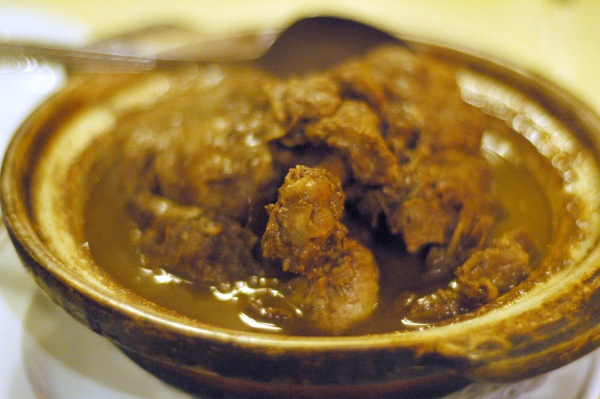Facts About Cabidela
Cabidela, also known as arroz de cabidela, is a traditional Portuguese dish typically made with poultry, often a hen. What sets this dish apart is the unique addition of the hen's blood mixed with vinegar towards the end of the cooking process, imparting a distinctive brown color to the dish. The practice of cooking with blood has historical roots and can be found in various ancient cultures. Cabidela has been a staple of Portuguese cuisine since the 16th century. While it is usually prepared with poultry, other types of fowl or animals can also be used, though this is less common.
Different versions of Cabidela are popular in Portugal's former colonies, such as Macau and Brazil. In Macau, a similar dish made with duck is called pato de cabidela or pato à cabidela and is a cherished part of Macanese cuisine. In Brazil, the dish is typically made with chicken and is known as galinha à cabidela or galinha de cabidela. It is considered a traditional dish in cities like Recife and in the state of Minas Gerais, where it goes by the name galinha ao molho pardo. In India, the Goan Catholic community enjoys a pork version of Cabidela. The chicken version is often served on special occasions and can also be found in restaurants in Angola.

 Spain
Spain